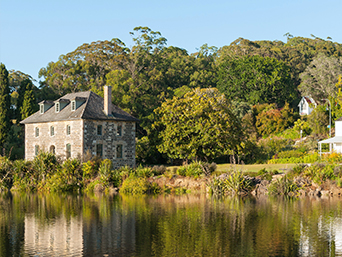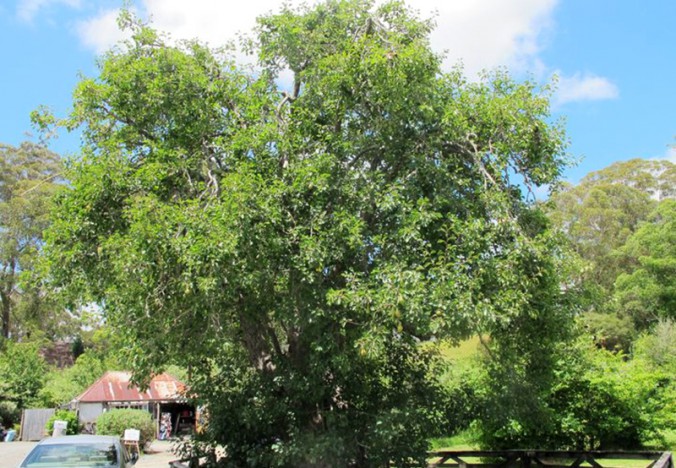Just before launching into this month’s column I want to express my appreciation to the Forestry Corporation of NSW for agreeing to continue to support and sponsor this column in 2019. So thanks to chief executive Nick Roberts and staff.
Right, well thinking of exotic trees in a New Zealand forestry context radiata pine immediately springs to mind. However, the country’s oldest exotic tree, a Williams good Christian pear tree near Kerikeri in Northland, is still going strong as it enters its third century this year.
When the Maori warrior chief Hongi Hika granted European missionaries some land at Kerikeri back in the early 1800s, the first thing they did was plant food crops and orchards, including the now-elderly pear tree.
The venerable old pear tree is now entirely hollow, but still going strong, says Liz Bigwood from the Kerikeri Mission.
It’s of the Williams Bon Chrétien (Williams good Christian) variety, with which the missionaries would have been familiar.
The origins of this variety of pear tree are uncertain. “Bon Chrétien” (Good Christian) is named after Francis of Paola, a holy man whom King Louis XI of France had called to his deathbed as a healer in 1483. Francis offered the king a pear seed from his native Calabria with instructions to plant and care. Hence the pear tree was called “Good Christian”.
The Williams pear is thought to date from 1765 to 1770 from the yard of an Aldermaston, England schoolmaster named John Stair, giving rise to the now-obscure synonyms “Aldermaston” pear and “Stairs” pear. A nurseryman named Williams later acquired the variety, and after introducing it to the rest of England, the pear became known as the “Williams” Pear. However, the pear’s full name is now recognised as “Williams’ Bon Chretien”, or “Williams’ good Christian.” pear tree.

A Georgian style warehouse built from local basalt and Australian sandstone built in the 1830s, the historic Kerikeri Stone Store, and surrounds.
“It’s was the most popular European pear and probably the missionaries chose it because it was a ‘good Christian’ pear. Often they would plant things that were in the Bible, like olives and figs, whether they subsequently grew in the local New Zealand conditions or not,” says Liz Bigwood.
Establishing food sources was the first priority for missionaries. John Butler, one of the earliest missionaries, wrote in his journal that he was planting upward of 150 fruit trees a day over a certain period of time, trying to use as much land as he could.
The idea was to as get as much food into the ground as they possibly could. On 1 October 1819, John Butler wrote that he had completed sowing all their seed in the gardens and orchards. The planting was a substantial undertaking with about 3000 square metres all dug by hand.
Pear trees are famously hardy and enduring, and arguably the longest-lived of all the fruit trees.
“There’s another one on the river bank orchard which is 10 to 15 years younger. Both of them are now hollow, which is quite common for elderly pear trees, it doesn’t affect them in any way, they just tend to hollow out,” says Liz Bigwood.
The elderly pear of Kerikeri has weathered its share of abuse with no ill effects. “It is recorded that the people who leased the Kerikeri Stone Store in the 1940s used to burn their weekly rubbish in the hollow of the pear tree, so they must be very hardy.”
